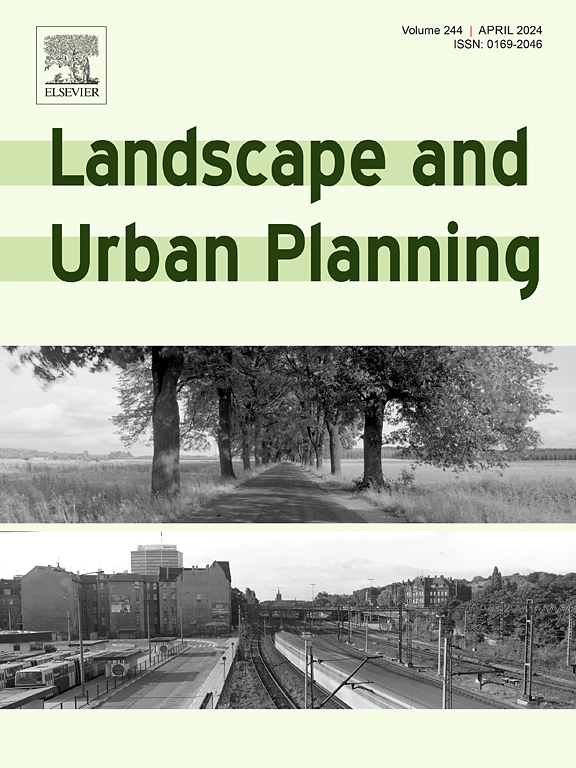对 Guerin 等人关于 "绘制城市规模的城市森林气候风险图 "的评论的回应
IF 7.9
1区 环境科学与生态学
Q1 ECOLOGY
引用次数: 0
摘要
城市森林被广泛认为是一种基于自然的解决方案;然而,它们也容易受到气候变化的影响,因此有必要确定面临风险的物种和城市。人们开发了一种新的方法,利用安全边际(即物种气候敏感性的度量)来识别存在潜在气候风险的物种和地点(Esperon-Rodriguez et al., 2024a)。Guerin等人(2025)最近对这种方法的评论发现,安全边际估计与水力脆弱性之间没有关系;因此,他们对使用基于气候的方法来评估物种的气候风险提出了警告。在这里,我们提供的证据表明,相对容忍度排名(即,跨越多个特征的绩效指标)确实显示出与安全边际呈正相关。在极端高温和干旱条件下,物种安全裕度与树冠枯死呈负相关。虽然在使用基于气候的方法时需要注意,但我们认为这些方法可以为城市森林管理提供具体情况的见解,弥合广泛的气候耐受性与当地环境条件之间的差距。本文章由计算机程序翻译,如有差异,请以英文原文为准。
Response to Guerin et al. Comment on ’Mapping the climate risk to urban forests at city scale’
Urban forests are broadly considered as a nature-based solution; however, they are also vulnerable to climate change, highlighting the need to identify species and cities at risk. A novel approach was developed to identify species and locations at potential climatic risk using the safety margin (i.e., a metric of species’ climate sensitivity) (Esperon-Rodriguez et al., 2024a). A recent comment on this approach by Guerin et al. (2025) found no relationship between safety margin estimates with hydraulic vulnerability; therefore, they raised caution about using climate-based methods to assess species’ climate risk. Here, we present evidence that a relative tolerance rank (i.e., a metric of performance that spans multiple traits) does indeed show a positive relationship with safety margin. We also found evidence that the species safety margin correlated negatively to crown dieback observed during extreme heat and drought. While caveats are advised when using climate-based methods, we suggest that these methods can provide context-specific insights for urban forest management, bridging the gap between broad climatic tolerances and local environmental conditions.
求助全文
通过发布文献求助,成功后即可免费获取论文全文。
去求助
来源期刊

Landscape and Urban Planning
环境科学-生态学
CiteScore
15.20
自引率
6.60%
发文量
232
审稿时长
6 months
期刊介绍:
Landscape and Urban Planning is an international journal that aims to enhance our understanding of landscapes and promote sustainable solutions for landscape change. The journal focuses on landscapes as complex social-ecological systems that encompass various spatial and temporal dimensions. These landscapes possess aesthetic, natural, and cultural qualities that are valued by individuals in different ways, leading to actions that alter the landscape. With increasing urbanization and the need for ecological and cultural sensitivity at various scales, a multidisciplinary approach is necessary to comprehend and align social and ecological values for landscape sustainability. The journal believes that combining landscape science with planning and design can yield positive outcomes for both people and nature.
 求助内容:
求助内容: 应助结果提醒方式:
应助结果提醒方式:


